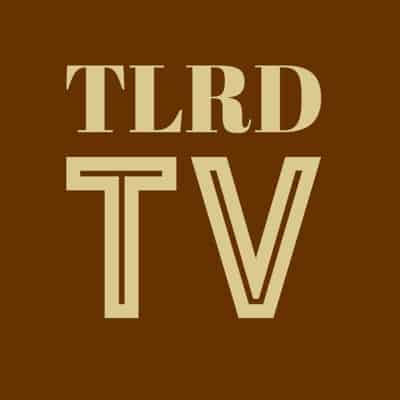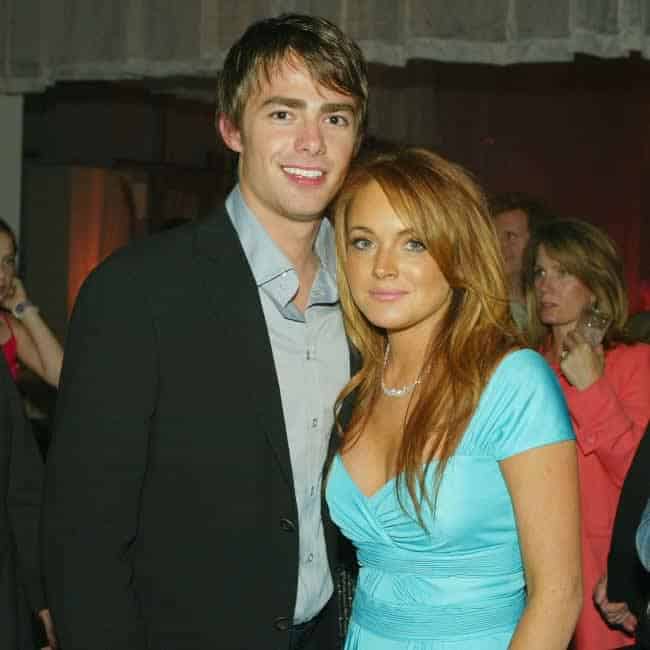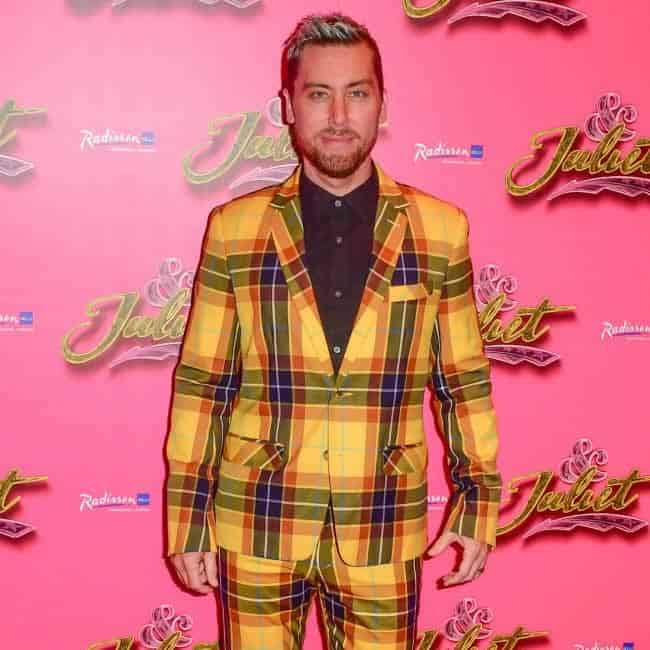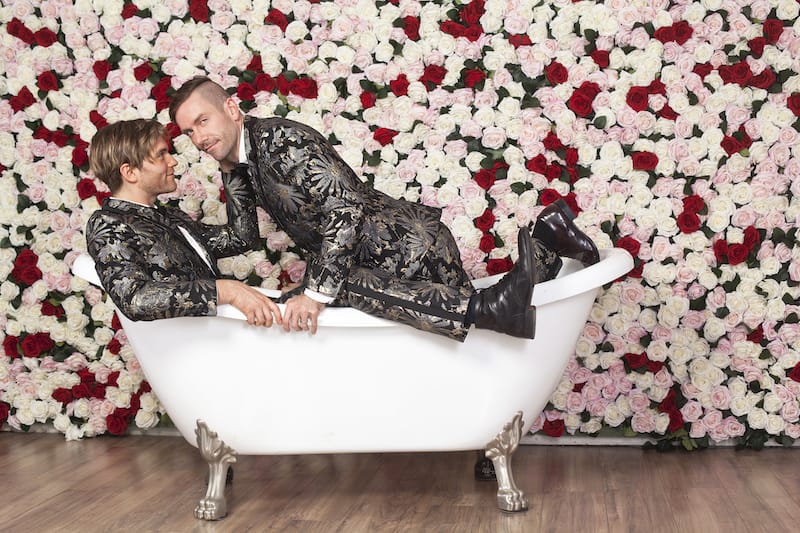
I am glad I set aside a full hour to chat with Kit Williamson, the creator and star of the seminal web series EastSiders, because, boy, did we have a lot to discuss.
Williamson, along with his husband and co-producer John Halbach, have been relentlessly championing this project since its launch in 2012. Over the last eight years, EastSiders has persevered while so many other web series have come and gone.
The series was immediately recognized for its high-caliber cast, boasting performances from Constance Wu (who went on to star in Fresh Off the Boat, Crazy Rich Asians and Hustlers), Van Hansis (best known for his ground-breaking gay storyline on As the World Turns), Stephen Guarino (Happy Endings), Willam (RuPaul's Drag Race) and more. (Williamson also had a recurring role on Mad Men.)
The constraints of a shoestring, independent budget put these powerhouse actors in extremely intimate settings where their performances, relationships and drama could take center stage. The result was absolutely riveting television, a sort of snapshot of the emotional complexities and crippling anxieties defining the millennial experience in Los Angeles.
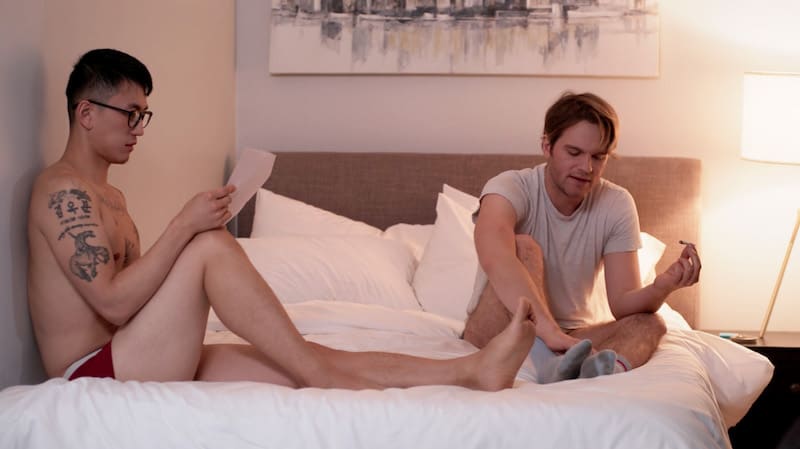
If that makes you think of other millennial dramedies like Looking or Girls, you're not alone. The show drew comparisons — and faced similar criticisms — to both shows, despite operating with only a small fraction of the budget. That speaks directly to the caliber of the product, but it's even more interesting to see how the show internalized and responded to criticism.
Fueled by massive crowdfunding campaigns and coming from Williamson's own experience growing up gay in Mississippi, the show strikes a strong balance between telling a specific story while honoring its obligation to represent and champion the queer community. Over the course of four seasons, EastSiders introduced more diverse characters and centered stories on important topics like sexual health, open relationships, substance abuse and more.
It's exceptionally rare for a web series to sustain itself the way EastSiders has. From a humble YouTube beginning, the fourth season premiered at the end of 2019 on Netflix. All four seasons are available now on the streaming service, and a special behind-the-scenes documentary was released to YouTube earlier this month.
The end of EastSiders feels like the end of an era for independent, web content from queer creators. It's a new dawn for queer storytelling, and it felt like no better time to discuss the creation process, the harsh realities of promotion in a social media-driven world and what's next for LGBTQ content with Williamson.
Take a look at the EastSiders documentary below, and see what Williamson had to say in our interview.
First off, the documentary was great.
Thank you! We wanted to do it as a thank you to everybody who has supported us for years, the people who started this journey with us on YouTube back in 2012 and everybody that's come along for it on the way.
I want to start at the beginning. What were your guiding principles when you started? What was in the DNA of EastSiders right from the start?
It's funny, season one, in a lot of ways, is a student film. I was in graduate school at the time getting my MFA in playwriting at UCLA, and I'd never written or directed anything for the screen before. So, it was my first effort in a lot of ways. In some ways, looking back at it, I can absolutely tell. I see all of the rookie mistakes play out. I cringe a little bit, but I think there's also something about that kind of lo-fi realism to it that's sort of lightning in a bottle. It feels really authentic. I got really lucky with casting, and everyone's energy coming together, it feels like alchemy.
It's funny you bring up casting. I've been thinking a lot about what's made the series able to continue to evolve when so many other popular LGBTQ web series that began around the same time never got the chance to make it to Netflix. Was there an actor you cast that really made it feel like you had something special here?
One hundred percent, one thousand percent Van Hansis … I went down the rabbit hole watching all his character's arc and journey on As the World Turns. I had been aware of it, because it was history-making. It was the first major gay relationship on daytime television. I was vaguely aware of it. It was the first time I sat down and watched it. I was like, ‘Wow, this is really compelling!' This storyline was handled with exceptional care and knocked out of the park by him as an actor. I remember really hoping that he would do it, because, remember, this is 2012, there aren't a lot of web series to point to as examples of what the hell we're trying to do. I hadn't written or directed anything before, so he's coming into this untested, unknown environment. I'm really grateful that he took a chance on me and on the series. It was a much bigger leap of faith then than now to do something like this.
What was it that sealed the deal for him?
He told me it was the script. He told me he absolutely had to do it. He loved it. In the doc, he said it was the best thing he'd ever read, which I found very kind.
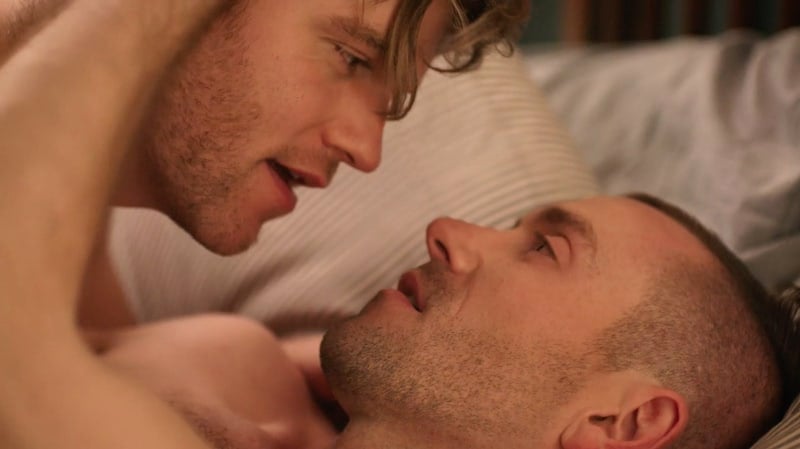
The show started as a web series, but it also had a life with Logo and now with Netflix. Over that time, the way we watch television has changed dramatically, but this series has sort of transcended these different mediums really seamlessly during some really disruptive times in media. How conscious of these changes were you, and how did it affect how you approached writing each season?
In the first two seasons especially, I was aware of the shifting landscape and trying to make the format as adaptable as possible. So, season one functions and was distributed as both a web series and a feature film. When we first started working with Wolfe Video, we had a deal with Amazon streaming for the first season to be on the streaming platform cut together as a movie. This is after we came out on LOGO. We were webisodes, we were long form, then with season two, it seemed like people's attention spans were expanding. More and more SVOD [streaming video on demand] platforms were open to independent stories. Obviously, the dream from the beginning was to be on a platform like Netlix, though Netflix kind of ascended around the same time we were beginning. I remember a lot of conversation among content creators around the time of season two was Netflix, Netflix, Netflix. With season two, I wrote — not just wrote, but edited — all of the episodes in 12-minute and 24-minute formats. So there's a version of all the scripts and a version of all the edits that are 12-minute episodes.
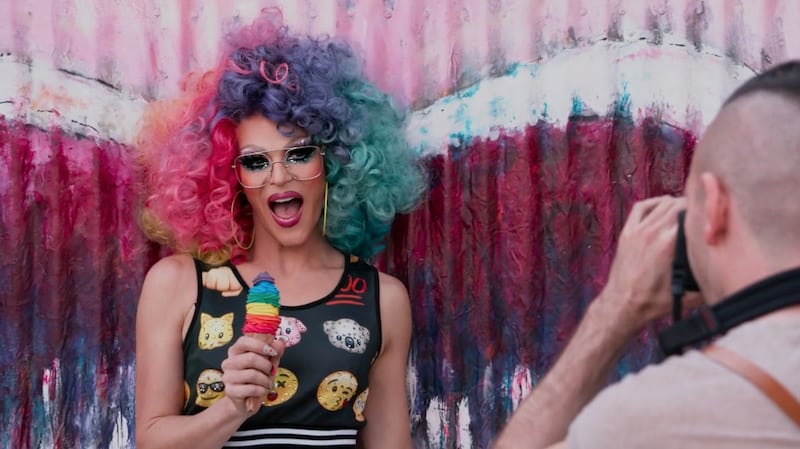
Culturally, so much has changed, too. When the show premiered in 2012, federally-recognized same-sex marriage still seemed like a pipe dream. The show never shied away from hot topics like PrEP, open relationships, but how purposeful are you about making this a snapshot of the community, and how much is just expanding on your own experiences?
It's important that it exists in the moment, that it's reflective of the queer community right now and issues facing queer people right now. When we made this, PrEP was brand f*cking new. We were talking about PrEP before most people I knew were on PrEP. We were early adopters of storylines about PrEP. We talked about PrEP before it was really talked about anywhere else. We tried to be very deliberate in doing things like that to raise awareness of them, and also to be reflective of the fact that these conversations were happening in my friend group. People I knew were debating is this safe? Should I do this? What's this process like? Cal and Thom are on PrEP in season three. A doctor in a clinic tells them to get on PrEP in season two, and then in season 3 we reference they're on PrEP. In season four we really discuss and delve deeply into issues of undetectability and how undetectable equals untransmittable. While that's always been true, I feel like it really entered the queer zeitgeist, we have a cultural understanding of this now in this effort to destigmatize HIV. I'm a person who reads the gay blogs …
I'm a person who watches queer media very closely. I get my news through queer media, because it's much more likely to speak to issues that matter to me. I try to pay attention, and I try to have these conversations that are playing out in the media play out with the characters. Because that's what's happening in real life, too. … Starting in season three, we had more resources and more of a profile. Interestingly, it's more resources to get more resources. We've been able to work with sexual health experts and develop the safer sex messaging around PrEP and U=U. We've worked with the LA LGBT Center; we've worked with Impulse Group. We've been able to do that, because we are aware of the responsibility that we have to be reflective of the conversations that are happening within our community around sexual health.
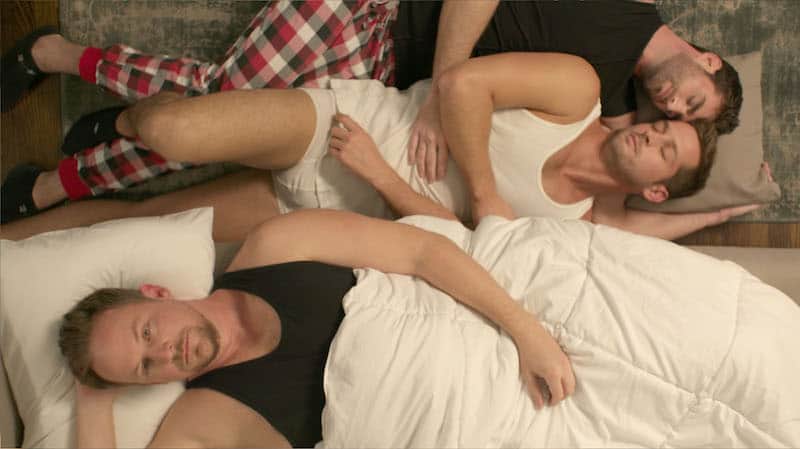
What sort of other work do you do when you're writing outside your experience?
Well, I've never been a drag queen, but I do have a lot of friends that do drag. So, I consulted a lot of people, and I opened my eyes and ears to others' experience in the community in trying to craft storylines for, say, Douglas. I can relate a little bit to Douglas' hustle. I think that it's similar to how my husband and I have really put ourselves out there, put our necks on the line as semi-public figures to try to bring attention to the show. …You just owe it to yourself to do that kind of research. You owe it to your characters, and you owe it to your audience.
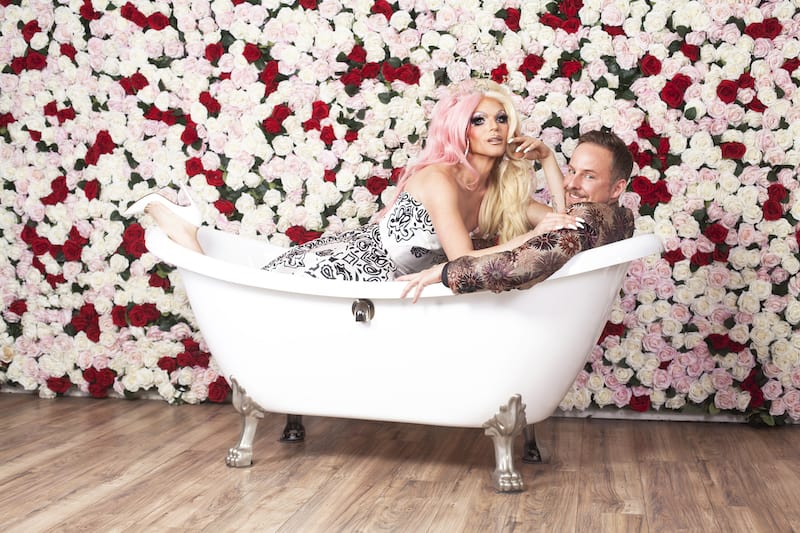
Now, I want to ask you something, but I don't want you to think I'm being shady.
[Laughs]
You mentioned earlier about being a public figure. Let's be honest, you and John aren't afraid to post a Speedo pic or two. I find it interesting, as someone who speaks with queer artists often, how that's become such a part of the gig. I'm curious, and, to be clear, I ask this not to suggest this is more responsible for the show's success than its artistic merit. How aware are you of that kind of content as you're curating your social presence to promote this project? It's something I see all the time, and I don't mean to single you out, but I think it's important we're conscious of it in queer media.
Absolutely. If you want to know my honest-to-god answer, it's queer media needs to hold a mirror up to itself and ask who it holds up, and who it writes articles about every single time they take a selfie. That's the answer. I pay attention, and I notice what gets attention in queer media. I think, as in all things, there's a balance that you have to strike. There are absolutely people who will not take me seriously, because I've taken a shirtless selfie. But would they even know I have a show if they weren't following me for that reason? … We represent all kinds of different body types on the show. I don't think the show is putting forth one way to be or look.
I'm talking less about the content really, and more about the promotion. It's become such a pervasive thing, I sometimes wonder if you can be a successful — particularly gay, male — artist without that.
Can you be a successful female artist without that? Honestly, we're seeing it more with even straight, white, male actors and figures too. There is this sort of voyeurism that the internet has stoked in all of us. I would be lying if I didn't say that I flock to it like anybody else.
Oh, same. We're all guilty.
A Jonas brother takes a pic in his underwear, and gay media explodes. There's a lot to unpack here, and I don't necessarily know I have all the answers. I just know that striking that balance is something that I really think you have to increasingly navigate, not just as an artist and a public figure, but as an individual. Everyone is doing it. Whether you even know it or not, everyone is branding themselves online, because they're making a series of decisions about how they present themselves to the world.
Thank you for indulging me in that.
It's something I'm mindful of. We definitely kind of laid a lot of thirst traps when we were first building our Instagram following, and it's something we've pulled back from a little bit in recent years. … The question for me isn't how you get attention, but what you do once you have it.
What are some of your favorite moments from the series? Give me your director's cut, DVD commentary faves.
Definitely season three, episode five, “Our Own Private Idaho.” It's an episode that's really just Cal and Thom reaching that point in their road trip across the country where they've run out of frivolous things to say to one another. They have to dig into the real sh*t and really kind of take stock of their relationship. The characters are driving up through Wyoming into Idaho and have this really intense conversation about America and Matthew Shepard and feeling a bit like they don't necessarily feel like Americans. Maybe this trip is sort of changing that. Maybe they can lay claim to some of it. Then they have this late-night conversation where they sort of really take an unflinching look at their lives and fears about the future … Another moment that sticks out to me is definitely season four, episode five, “Both Sides Now.” I really took the title obviously from the Joni Mitchell song. You see the story in three vignettes kind of following each of the main relationships. Each of them has a record playing in a scene, which has been a motif in the series since season one … All three of those vignettes had moments I'm really proud of.
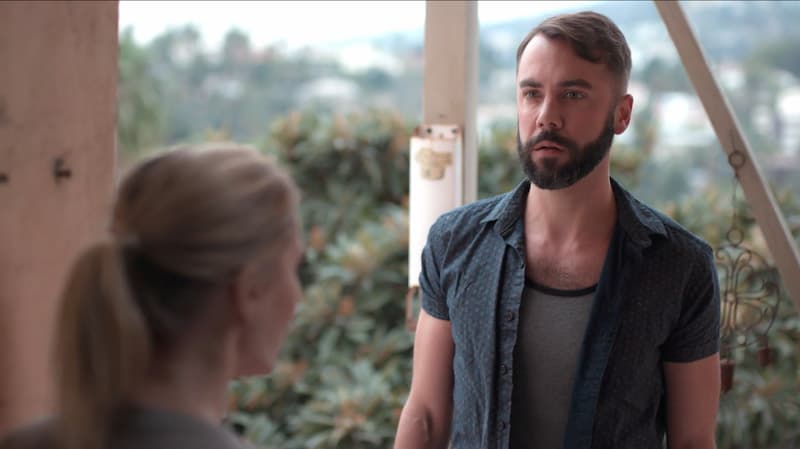
You work with your husband John, not just on-camera, but on this whole project. Reflecting back, even your personal relationship changed. You were not married when you started, and now you are. I'd love to hear about what it was like working with your partner so closely.
It's definitely been really fascinating, and it's challenged us in a lot of ways. But it's made us so much closer. You really can't escape each other. It's an all-consuming sort of responsibility to see a project like this past the finish line. We call it our web series baby sometimes. There's not a day that goes by when you get to ignore your baby. If you don't feed the baby, the baby dies. We've had this responsibility as a couple to sort of tend to this thing outside of ourselves. To watch it grow and develop has been really cool. … The best part is that we have gotten to grow together and challenge ourselves and see each other really succeed. I am so f*cking impressed by John. He's just such a f*cking badass.
What, if anything, would you have done differently?
Over the years, the show has become much more inclusive, but in the first season, when we were on YouTube, I was really hyper-focused on my own experience. I think that what we're seeing in storytelling now is trying to expand those worlds as much as possible. That's something I'm really proud of as the show has gone on, but if I could do it differently, I would've explored that more in season one.
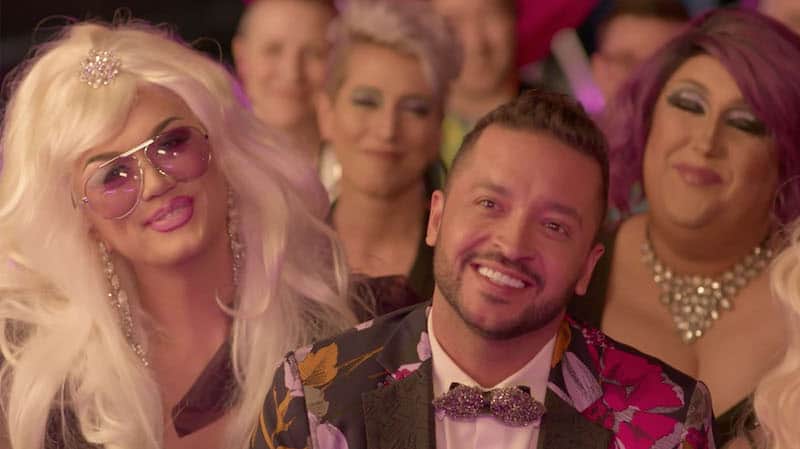
What does the future of queer storytelling look like?
We are at a bit of a crossroads, not just in queer storytelling, but in terms of our struggle for equality. We have these sort of dueling approaches to these issues: the rebellious, progressive side of things that wants to steer the ship, and the assimilationist side that's just happy to have a ticket. I think that we need to make space for both. As far as representation goes, there's a real danger in saying that because we have a seat at the table in mainstream storytelling that we have solved the problem of representation. Just because there are LGBTQ people on TV, that doesn't mean that sort of representation is the be-all, end-all. I, for one, think we need that kind of representation. But we also need stories where queer people are allowed to talk to one another and to examine issues specific to their community. I think we need to develop something similar to the Bechdel Test for LGBTQ representation. … We're seeing a lot of first-wave queer representation where there's an ensemble and one of the characters is going to be LGBT, and that's great. But, I would like to see more in-depth explorations of our communities and relationships.
EastSiders is available now on Netflix.
